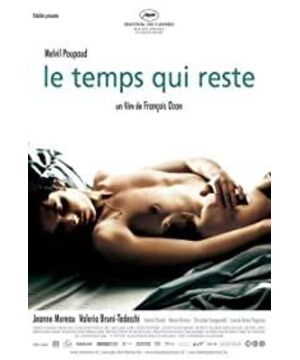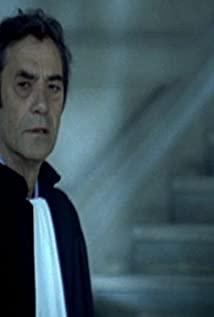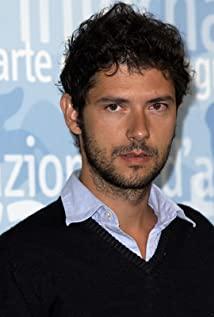Tearing and filling: If there is no death, how can there be love?
The seemingly old-fashioned plot is quite thoughtful. The haze of death is set in the original part of the movie, that is, as the background of the entire movie. The design of "The Last Time" is not deliberately sensational, but takes death as the central point, and everything in life is unfolded from this central point: pain, love, happiness, sex, eternity, shortness, like a spider web , They are connected tenaciously, tempting each other, but they are a whole.
The importance of Homan as a homosexual lies in the weight of the "tear" weight gain. In the early part of the movie, the split between Houman and his family was shown: the mother loves children, but Houman is a homosexual; the relationship between Houman and his sister is bad; the father has an affair but loves the family deeply. In addition, Houman and his partner Sasha love each other, but they can't bear to leave because of love, creating a distance. What Houman sees in GAY BAR are sad eyes. Gays who embrace and make love each other use pleasure and the most intimate contact to fill the gap between them and the world. However, this kind of bridge is already familiar to everyone. The difference in "The Last Time" is that the characterization of "filling" is extremely skillful. "Love" is the only thing that can fill the gap in death. In the latter part of the movie, Houman asked to make love with Sasha again in exchange for rejection. Houman caught Sasha’s hand on his chest, making them feel a beating heart together (the transformation of the form of love); reconciling with his sister, Sleeping with his grandmother; the most obvious is that the director Ozon deliberately promotes/calls maternal love from the perspective of homosexuality-through the plot and feeding scenes, it becomes the center of the drama: Houman uses childbearing as an action to resist death, and he seems to get Happy, but not.
Photography: Some photos are accidental
The identity of Houman as a photographer is more important than his being a homosexual. "Photography" is the true core of "The Last Time". The importance of photography is to bring out the "distance". There must be a long or short distance between the lens and the photographic subject. In other words, there is a channel that cannot be crossed between the photographer and the photographic subject. There is also a distance between the image of the photo and the real life, it is the distance of time: time is continuous and continuous, but the photo is frozen. On this basis, "The Last Time" puts a lot of emphasis on the peace and stability of daily life, and the moment when the protagonist Houman photographed and touched him, it reveals the secret of a certain distance: daily life and the great changes in life are the sea and the small The relationship between stones and the great changes in life cannot change the world's daily life.
Therefore, the meaning of photography/photographs is to provide illusion. Reorganize, lengthen, and shorten the equal time, and enlarge the touching moment: such as childhood memories, sister's smile, grandmother's smile. Take some memories out and put them away, and push some to no one's corners. At the same time, the drugs, cigarettes, and alcohol that deliberately appear in the movie are also things that increase the concentration of the illusion. Behind the illusion, it is actually the horrible imagination at work: it is not always felt that the illusion is about to disappear, so it is necessary to keep taking pictures.
At the end,
a thin and thin Houman sat alone on the beach. Large groups of tourists were still having fun and playing. However, at dusk, they left one by one. Only Houman was left on the beach, facing the fall of the sun alone. Tearing up. And the key plot here is: he doesn't want anyone to be by his side, because the horror of death is right on the people around him and their reaction (sadness and sympathy). Before he got to the beach, he first threw the phone in the trash can, even though it was still ringing...
View more about Time to Leave reviews











